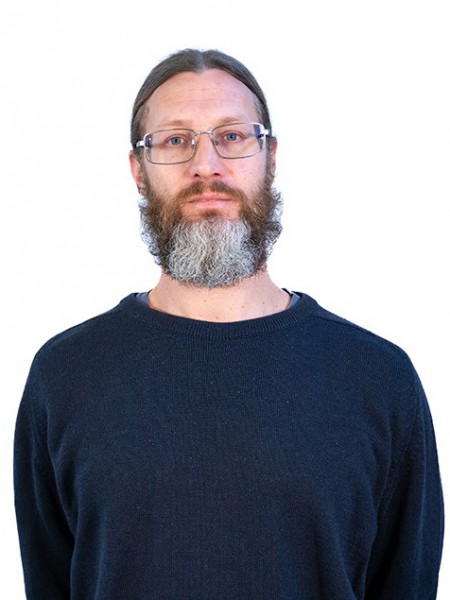abstract
The effective utilization of luminescent dyes often relies on a comprehensive understanding of their excitation and relaxation pathways. One such pathway, Excited-State Proton Transfer (ESPT), involves the tautomerization of the dye in its excited state, resulting in a new structure that exhibits distinct emission properties, such as a very large Stokes & PRIME; shift or dual-emission. Although the ESPT phenomenon is well-explained theoretically, its experimental demonstration can be challenging due to the presence of numerous other phenomena that can yield similar experimental observations. In this review, we propose that an all-encompassing methodology, integrating experimental findings, computational analyses, and a thorough evaluation of diverse mechanisms, is essential for verifying the occurrence of ESPT in luminescent dyes. Investigations have offered significant understanding of the elements impacting the ESPT process and the array of approaches that can be used to validate the existence of ESPT. These discoveries hold crucial ramifications for the advancement of molecular probes, sensors, and other applications that depend on ESPT as a detection mechanism. To ESPT, or not to ESPT: Efficient use of luminescent dyes requires understanding their excitation and relaxation pathways like Excited-State Proton Transfer (ESPT). Experimental demonstration is challenging due to competing phenomena. A holistic approach, merging experimental results, computational analysis, and diverse mechanism assessment, is vital for ESPT verification, affecting molecular probes, sensors, and related applications.image
keywords
TRANSFER ESIPT; TRANSFER MECHANISM; TD-DFT; PHOTOINDUCED TAUTOMERIZATION; TRANSFER SPECTROSCOPY; 3-HYDROXYFLAVONE; FLUORESCENCE; FLUOROPHORES; CHROMOPHORES; ABSORPTION
subject category
Chemistry
authors
Fontes, LFB; Rocha, J; Silva, AMS; Guieu, S
our authors
Projects
CICECO - Aveiro Institute of Materials (UIDB/50011/2020)
CICECO - Aveiro Institute of Materials (UIDP/50011/2020)
Associated Laboratory CICECO-Aveiro Institute of Materials (LA/P/0006/2020)
Collaboratory for Emerging Technologies, CoLab (EMERGING TECHNOLOGIES)
acknowledgements
Thanks are due to University of Aveiro, FCT/MEC, Centro2020 and Portugal2020, the COMPETE program, and the European Union (FEDER program) via the financial support to the LAQV-REQUIMTE (UIDB/50006/2020 and UIDP/50006/2020), to the CICECO-Aveiro Institute of Materials (UIDB/50011/2020, UIDP/50011/2020 & LA/P/0006/2020), financed by national funds through the FCT/MEC (PIDDAC), and to the Portuguese NMR Network. SG thanks FCT (Fundacao para a Ciencia e Tecnologia) for funding through program DL 57/2016 - Norma transitoria. LFBF thanks the FCT for his PhD grant (SFRH/BD/150663/2020).




